In this article we’re going to look at what different lenses do, as well as when and why you’d choose one over another to get the image you desire. You will find this really helpful if you are considering buying another lens, and may help you decide what to get. You’ll also gain some insight into using the ones you already own more to your advantage.
Can you relate to this?
Have you ever been at a great location, taken some images you are really excited about, only to get home to be disappointed once you’ve taken a closer look. Have you ever said to yourself (or out loud):
That’s just NOT how it looked to me, when I was there!
If you’ve ever said that, then it’s possible that lens selection could be the culprit. Choosing the right lens is NOT as simple as: put on a wide angle to fit in more crap especially if you’re in a small room, and use a long lens if the thing you’re photographing is far away. Granted sometimes those are the correct choices, however there is a lot more to choosing the right lens than how much space you’ve got and how far away the subject is.
What do different lenses do
Wide angle lenses have an inclusive effect and enhance perspective. Let me repeat that:
Wide angle lenses have an inclusive effect and enhance perspective
They expand lines and make objects appear farther away. They add a feeling of depth because they “include” everything. So when you want someone to view your image and feel like they were actually there, a wide angle lens will give you that more so than a long lens. Often you feel you can step right in to an image created with a wide lens. Here’s a few examples.
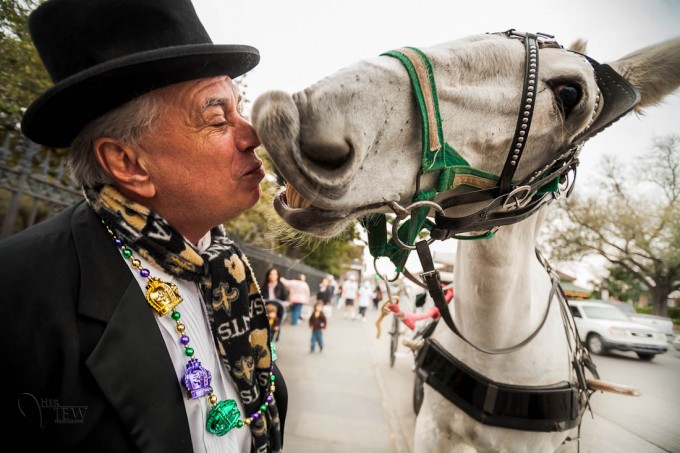
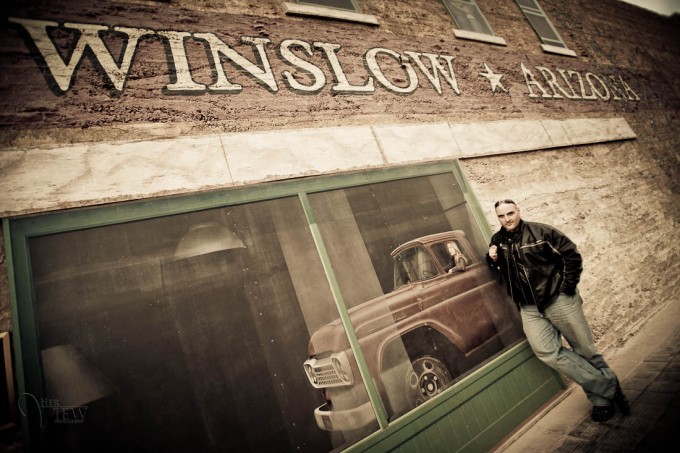
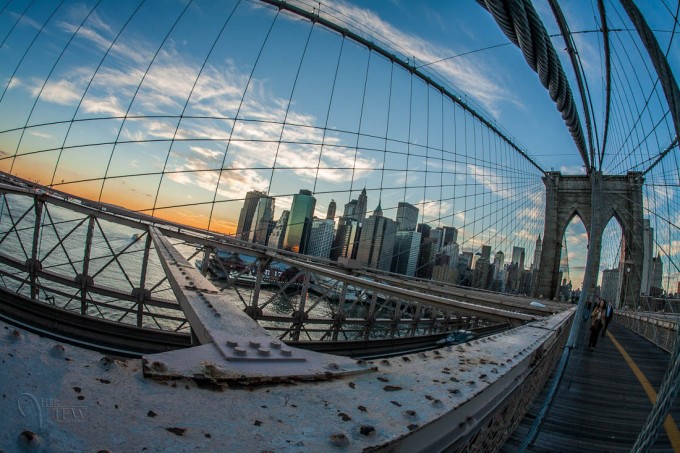
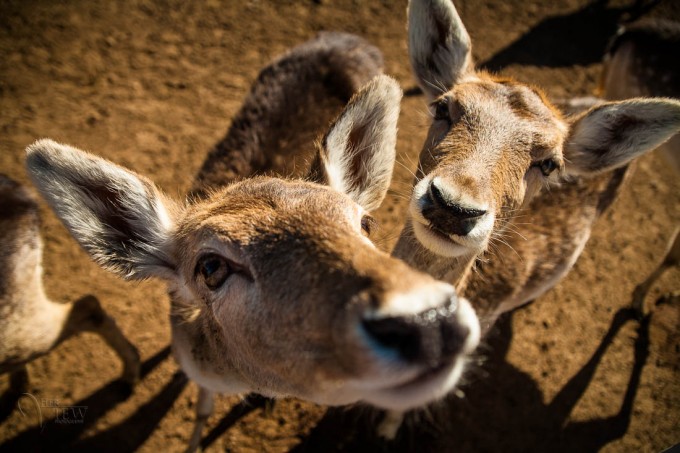

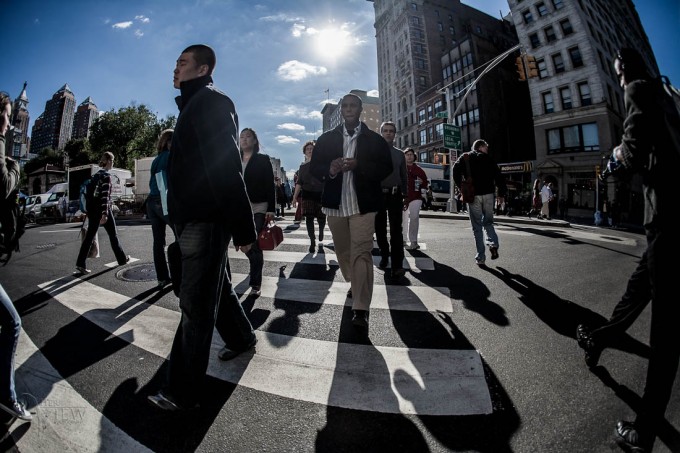
Long or telephoto lenses isolate and compress perspective. What that means is that your subject will appear isolated, or separated from the background. Objects far away will seem nearer, and lines will seem shortened and less three dimensional.
Long or telephoto lenses isolate and compress perspective.
When we view images taken with really long lenses it almost gives us a voyeuristic feeling, like we’re spying on something. We do not feel a part of the image, and the subject (if there is distance between them) does not feel part of the background. In the case of a portrait, that’s actually desired. You do not want your person to blend in with the scenery, you want them to jump out. Using a longer lens will help you do that. Here are some examples of how longer lenses compress and isolate.
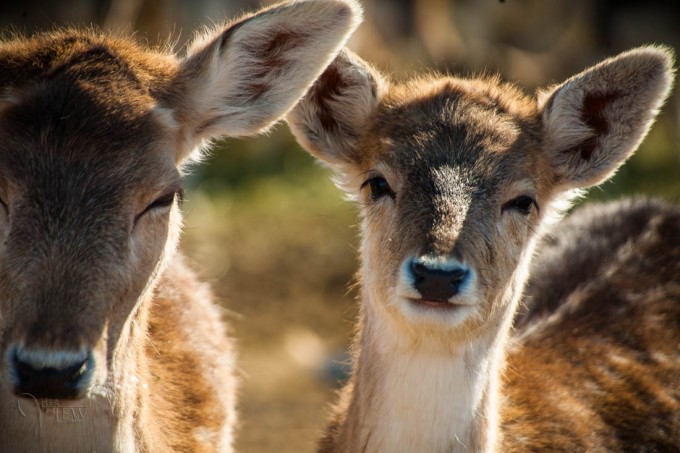

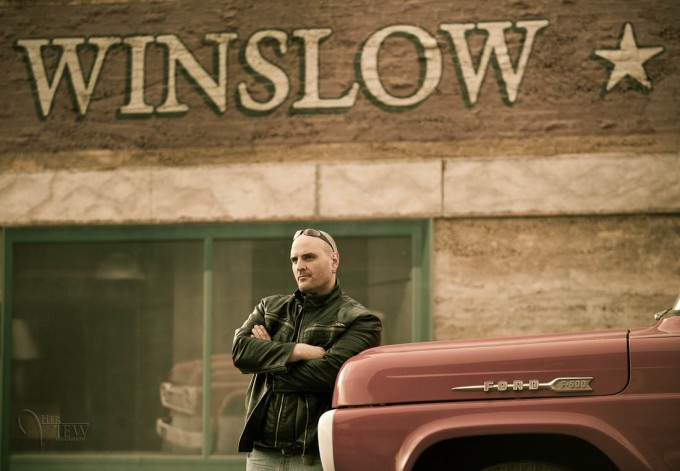



How lens choice affects photos of people
What lens you choose when photographing people can completely change the look of the image, and the person! None is right or wrong, but knowing the affect each lens will have on your image will allow you to make the appropriate choice for the look you wish to achieve.
Here is a series of images taken with the subject in exactly the same spot. The only thing I have changed from one image to the next, is the lens, and my distance to her. Each time I changed to a longer lens, I needed to back up to keep her the same size in the photograph.
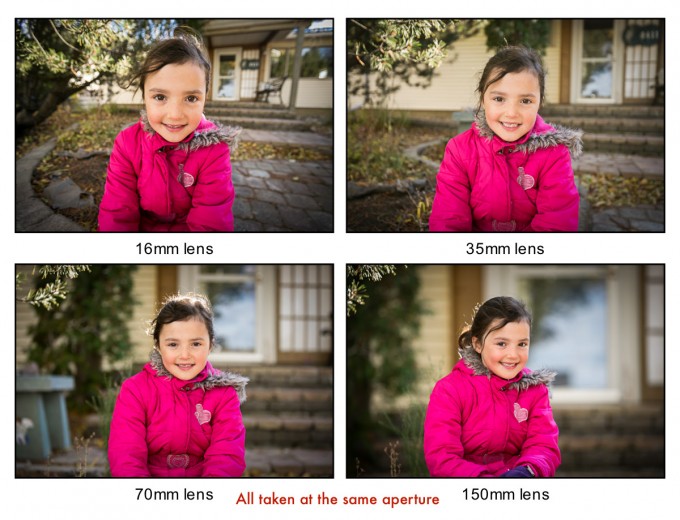
Let’s look at the two extremes a little larger! First the one taken with the 16mm and the last one done with the 150mm. What differences do you notice?
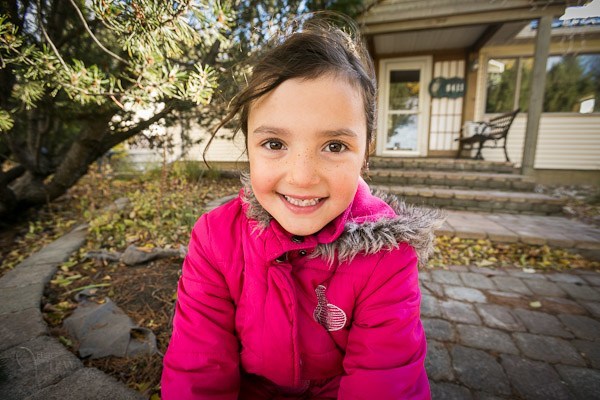
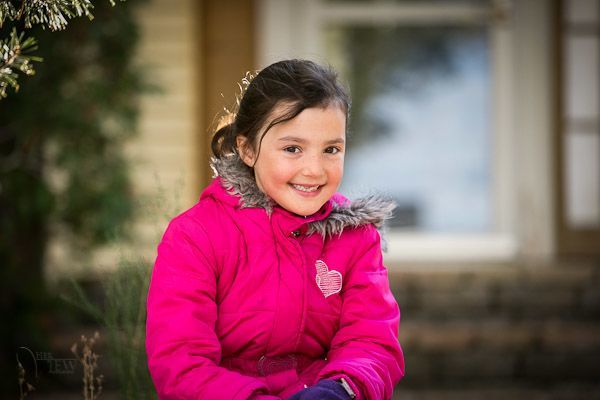
Differences
Did you notice the differences between the two images?
The Face
The first thing you notice is her head. In the wide angle image her face is all distorted and sort of bulbous, almost cartoon looking. For photos of kids, or if you’re trying to make a powerful statement, such as achieving a comical look, then a wide lens might be a good choice. Like the image of the man and his horse above, it works. However, is that the look you’d want if you were being photographed? Probably not so much.
The Background
Next, take a look at the background in the two images, keeping in mind she is sitting in exactly the same spot in both, and they are both take with the same aperture, F5.6. The one with the longer lens has a much narrower field of view so you see very little of what’s behind her. Think of a horse with blinders on, and the blinders turned inward so the horse can only see directly in front of him. So if you want to show perspective and the environment around your subject, then you’d want to choose a wider lens. But if you want to simplify and make it be more about the person and less about the background, then you may want to consider a longer lens. Also notice how much softer and out of focus the background is in the shot done with the 150mm lens. Remember she’s in exactly the same spot and both were shot at f5.6! Amazing hey!?
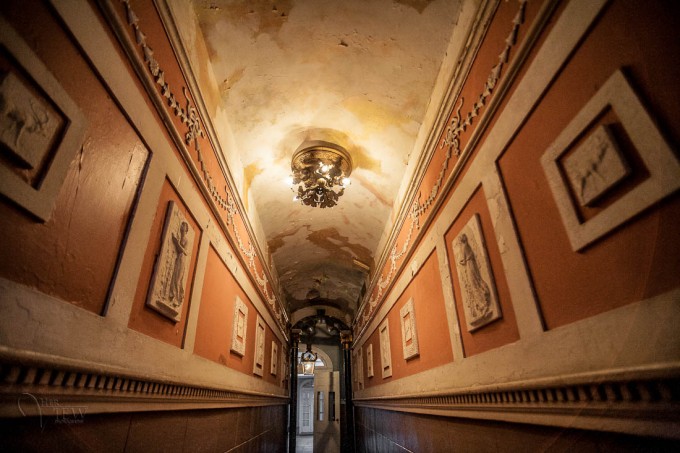
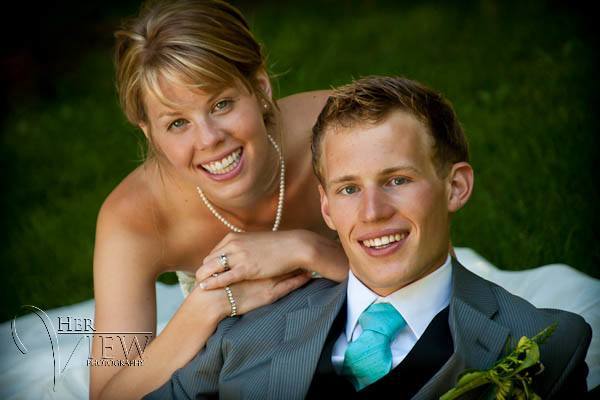
The right lens for the job
Like I said earlier there is no such thing as the right or wrong lens. What is important, is knowing the look you want to achieve with our image, and then selecting the appropriate lens to do so. With this knowledge, do you feel better prepared to do that?
This week’s challenge
My challenge to you is to use this new information and go take two photos. First, use a wide angle lens to its advantage, using its properties of enhancing perspective and inclusion. Then create an image using a telephoto or long zoom (100mm or longer), using it to isolate a subject, and compress perspective. Please share your images with us in the comments section below.
If you enjoyed this article you might also like How to Achieve Blurred Backgrounds in Portraits. You can also sign up to get email notices of all new articles, upcoming events and download my free ebook 10 Challenges to Improve your Photography.
Cheers,